
Electronic Components for the Aerospace and Defence Field
Global electronic component supplier ERSAELECTRONICS: Rich inventory for one-stop shopping. Inquire easily, and receive fast, customized solutions and quotes.
Aerospace Components from Ersa Components
The aerospace industry covers a wide range of activities, including the design, manufacture, and usage of satellites, aircraft, spacecraft, and related equipment. The aircraft industry's wide range of applications regularly pushes engineering and technological boundaries. In order to maintain the safety, functionality, and efficiency of many systems in aircraft, spacecraft, and other aerospace vehicles, electrical components are crucial in aerospace applications. Space exploration, military operations, and commercial flights all require components from the aircraft sector that can withstand hostile environments in addition to being incredibly dependable and efficient.
By identifying and supplying the correct difficult-to-find aerospace component the first time, Ersa Electronics can assist you in achieving the fastest turnaround time and maximum efficiency when obtaining aerospace and aviation-ready components. For our clients in the aerospace production and maintenance industries, Ersa Electronics is a reliable distributor of aerospace and aircraft components. We are able to provide customers with consumables, expendables, and rotatable requirements.

Important Components of Aerospace and Defence
- Radar/Communications
- Aerospace Technology
- Flight Control Technology
Radar/Communications in Aerospace and Defence
A radar is an electronic device that uses an electromagnetic pulse to measure an object's distance and direction while also listening for an echo. In aircraft, a wide variety of radar types are in use.
Within their sphere of responsibility, controllers can follow aircraft using Approach, Surveillance, and Area radars. With Precision Approach Radars (PAR), controllers can guide aircraft landing in instrument conditions with precision. Controllers can follow the movement of cars and aircraft on an aerodrome's surface thanks to surface movement radar. Pilots can monitor dangerous weather conditions, particularly thunderstorms, with the help of weather radar. The precise altitude of an airplane above the surface is measured via radio altimeters. Through the use of secondary surveillance radar, aircraft can relay extra data, including identity and flight level, back to the radar that is being questioned. RF and microwave devices, Integrated transceivers, Mixed-signal front-end digitizers, Integrated and low-noise synthesizers, and power amplifiers are included in Radar/Communications of Aerospace and Defence.
RF and Microwave Devices
Radiofrequency (RF) signals are sent and received by telecommunications and radar applications in the aerospace and defense industries to carry out specialized duties. This data may come from commercial aircraft and helicopter flight paths, or it could come from military equipment blocking adversary radar systems' transmitted frequencies or detecting their presence. A powerful diplexer with RF filters will be required, depending on the particulars of the apparatus, to separate the various broadcast and received signals via a single antenna according to frequency allocation. People can choose the best filter and parts for the job by being aware of a diplexer's qualities. As a reliable electronic components distributor, we provide original and genuine to reduce temperature and vibration effects which minimize any in-flight problems so the device can run at the highest levels of efficiency. The RF Families ANT-315-PW-LP, ANT-418-PW-QW, ANT-868-CW-QW, ANT-315-PW-RA, and so forth are used to receive and transmit electromagnetic waves. These devices are intended to be utilized by Bluetooth, cellular, general ISM, Wi-Fi, and 802.15.4 devices, as well as devices operating at radio frequencies ranging from DC to 18GHz.

Integrated Transceivers
Integrated transceivers integrate several functions into one integrated circuit. The new transceiver, for instance, combines DACs, ADCs, mixers, microprocessors, local oscillator (LO) synthesizers, and more into a single, monolithic, 12 mm by 12 mm device. To attain the necessary instantaneous bandwidths for the system, this device additionally integrates two transmit and two receive channels with digital signal processing (DSP) components. Additionally, a customer platform application program interface (API) is offered for transceiver operation. The on-chip front-end networks can be used to regulate attenuation and gain. For many military and communication applications, the performance needed is provided via tracking calibration processes and built-in initialization.
By injecting a single reference clock signal called REF_CLK, these integrated transceivers can generate all the clock signals required for the transmitters and receivers. The necessary clocks for the microprocessor clock, LO generation, and DAC/ADC sampling are then synthesized using on-chip phase-locked loops, or PLLs. The user may also inject their own low-phase noise external LO if the internal LO phase noise is insufficient for the customer's application.

Mixed-Signal Front-end Digitizers
A 16-channel mixed-signal front-end (MxFE) digitizer for phased array radars, electronic warfare, and ground-based SATCOM (satellite communications) is being unveiled today by Analog Devices, Inc. (ADI). The new digitizer has four software-defined, direct RF sampling transceivers (AD9081 or AD9082). By offering reference RF signal chains, software architectures, power supply designs, and application example code, it is intended to speed up customer development. To enhance the platform and make system-level calibration methods and power-up phase determinism demonstration easier, ADI also unveiled a digitizing card. The digitizer consists of four software-defined, direct RF sampling transceivers (AD9081 or AD9082). By offering reference RF signal chains, software architectures, power supply designs, and application example code, it is intended to speed up customer development. To enhance the platform and make system-level calibration methods and power-up phase determinism demonstration easier, ADI also unveiled a digitizing card.
AD9082-FMCA-EBZ, AD9082BBPZ-2D2AC, AD9082BBPZ-4D2AC, AD9082BBPZRL-2D2AC are 16-channel mixed-signal front-end (MxFE) digitizer and are highly integrated devices with a 16-bit, 12 GSPS maximum sample rate.

High Power Amplifiers
Because it may be used with most types of transmitters, the high-power amplifier increases the possibilities for COFDM digital links available on the market. This amplifier is particularly intriguing for broadcast and aerial applications because of its low intermodulation and good durability. High-power microwave transmissions may now operate with unprecedented performance and dependability thanks to this power amplifier. Encased in a sturdy aluminum casing, it is specially made to function in situations that require a power amplifier that can withstand harsh environmental circumstances.
Numerous frequency ranges, ultra-linear or saturated operation, three manually switchable power levels, open and short protection on RF ports, a power supply range of 9 to 36 VDC, reverse polarity protection, and a digitally controlled standby mode are some of the main features of a high power amplifier.

Flight Control Technology in Aerospace and Defence
In aircraft, one of the most common applications is flight control. Particularly, they are used on landing gears, elevators, rudders, flappers, ailerons, and spoilers. Because they are a part of the engines, actuators for flight control can also be used in the stator vane, thrust reverser, engine control systems, etc. Primary and secondary systems make up an aircraft's flight control systems. The primary control system, which consists of the rudder, elevator (or stabilator), and ailerons, is necessary to properly steer an aircraft during flight.
Data Acquisition Modules
AXN/ICP/401/B/10V and AXN/ICP/402 Axon ICP data-acquisition modules are introduced to test and measure the aircraft flight. By enabling the in-module processing of high-sample-rate accelerometer signals to comprehend and quantify airframe vibration frequencies, these data-acquisition modules can aid in speeding up flight tests. The amount of vibration telemetry data that can be collected is limited by the amount of limited pulse code modulation (PCM) bandwidth required for unprocessed raw accelerometer data.
The AXN/ICP/401/B/10V module (ADAU version: AICP-412A-1) can sample at a rate of 25-kilo samples per second for 12 channels. Four channels at 100 kilo samples per second are supported by the AXN/ICP/402 (ADAU version: AICP-404A-1).

Precision Converters
The 400Hz frequency that aircraft require for pre-flight maintenance while they are on the ground, in addition to other routine maintenance duties, is supplied by aviation frequency converters. In addition, frequency converters are utilized as power units in test benches, hangars, and aircraft production facilities.
Linear Amplifiers
The class AB linear amplifier has an output power of 125 Watts and a load voltage standing wave ratio (VSWR) of 3:1. It operates in the frequency range of 20 to 1000 MHz. Measuring only 6.8 by 6.8 by 1.5 inches and weighing five pounds, the amplifier is small.
The amplifier operates in the AB linear class and has the following specifications: minimum RF gain of 52 dBc; typical RF gain flatness of plus or minus 3 dBm; maximum input VSWR of 2:1; RF input overdrive of plus 10 dBm; spurious signals of minus 60 dBc. The device features an infinite load VSWR, a maximum DC current of 18 amps, and a PA enable of 2 microseconds. Its DC input ranges from 18 to 36 volts DC, with an optional DC input range of 250 to 28 volts DC.
Aerospace Technology
The development of human technology known as aerospace allows for the travel and exploration of space and the Earth's atmosphere. Design, manufacture, and research & development are all included in the area of aerospace engineering. Aerospace engineers work on the construction of satellites, missiles, and other aircraft, and they frequently have an understanding of propulsion, aerodynamics, and celestial mechanics.
MEMS Gyroscopes and Accelerometers
Microelectromechanical systems (MEMS) are tiny, micrometer-scale structures that integrate electrical and mechanical components. They are created by fusing micromachine processing with semiconductor and microfabrication methods to incorporate all of the mechanical, electrical, and sensor components onto a single silicon substrate. The mechanical parts, the sensing mechanism, and an ASIC or microprocessor are the main parts of every MEMS system. An overview of MEMS gyroscopes and accelerometer sensors is given in this article. We go over their operating principles, sensing mechanisms, expanding range of applications, and the significant influence they already have on our daily lives.
Inertial Measurement Units
An electronic device that measures and reports acceleration, direction, angular rates, and other gravitational forces is called an IMU, or inertial measurement unit. It is made up of three magnetometers, three gyroscopes, and three accelerometers, depending on the heading needed. Roll, pitch, and yaw are the three vehicle axes; one for each axis.
IMU sensors come in three different varieties: those that rely on fiber optic gyroscopes (FOG), those that use ring laser gyroscopes (RLG), and those that use micro-electro-mechanical systems (MEMS) technology. With this technology, performance is guaranteed at reduced costs and power requirements. Therefore, MEMS-based systems combine ultra-low power consumption with great performance in a smaller device.
The primary uses for IMU sensors are in measuring and testing, navigation and correction, and control and stabilization, depending on their grade. On the other hand, common markets for measuring units are unmanned systems control, mobile mapping applications (air, sea, or land), and any payload that needs to be oriented or stabilized.
MEMS IMUs are perfect for all unmanned markets because of their excellent performance/size ratio, whether they deal with unmanned ground vehicles (UGV), unmanned aerial vehicles (UAV), or unmanned marine vehicles (UMV). On the other hand, one of the key elements of the INS/GNSS utilized in ships, airplanes, missiles, and even satellites is the tactical and navigation grade IMU.

RF Transceivers
For next-generation systems, the integration of ZIF architecture into a monolithic transceiver device offers the way forward. Process variation will be minimized by putting the analog and RF signal chains on a single silicon piece. Furthermore, the transceiver can integrate DSP blocks, eliminating the distinction between the signal chain and the quadrature calibration method. This method can equal the superheterodyne architecture for performance parameters and offers unmatched advancements in SWaP. We now provide the AD9361BBCZ-CSL, AD9361BBCZ-REEL, AD9371BBCZ, AD9371BBCZ-REEL, and other transceivers to satisfy the needs of the aerospace and defense industries. These devices incorporate digital processing to perform quadrature and carrier leakage correction in real-time across all process, frequency, and temperature fluctuations. They also consolidate the entire RF, analog, and digital signal chain onto a single CMOS device.

Battery Management Systems
The most common type of energy storage used in portable electronics, electric cars, aircraft, and other machinery needing a dependable, high-energy-density, light power source is lithium-ion battery packs. Under various charge-discharge and environmental circumstances, battery life, performance, and safety are all under the control of the battery management system (BMS). When engineers construct a BMS, they create supervisory control and feedback that tracks temperature and cell voltage, calculates the state-of-charge and health estimates, and restricts power input and output to prevent overcharging and heat damage. regulates the charging profile, balances the individual cells' states of charge, and, when needed, isolates the battery pack from the load.
Related Articles
- ·ICD Electronics: Tiny Lightning, Relentless Reliability
- ·Smart Pill Dispensing Electronics: From Missed Doses to Mission Control
- ·Conditional Access Module (CAM): The Pay-TV Gatekeeper Engineers Actually Enjoy Reading About
- ·NC Formula Semiconductor: The Blockbuster Guide You Didn’t Know You Needed
- ·Electrosurgery Electronics: Turning RF Into a Surgical Superpower
- ·Endoscopic Imaging Electronics: Tiny Optics, Big Picture
- ·Instrument Cluster: The Dashboard Wizard That Makes You Feel Like Iron Man
- ·X-ray & CT Electronics: From Kilovolts to Reconstruction
- ·MRI Core Electronics: From Quench to K-Space
- ·OKL Series PoL DC/DC Converters: The Bite-Size Power Bricks That Keep Your Board Cinematic




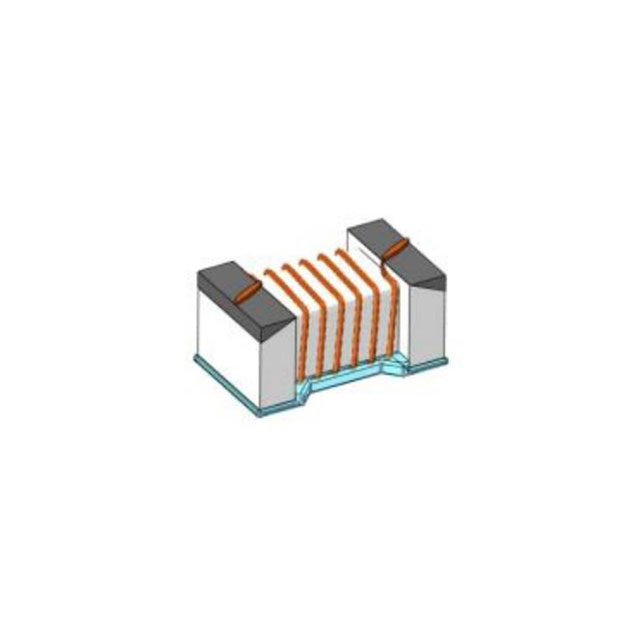

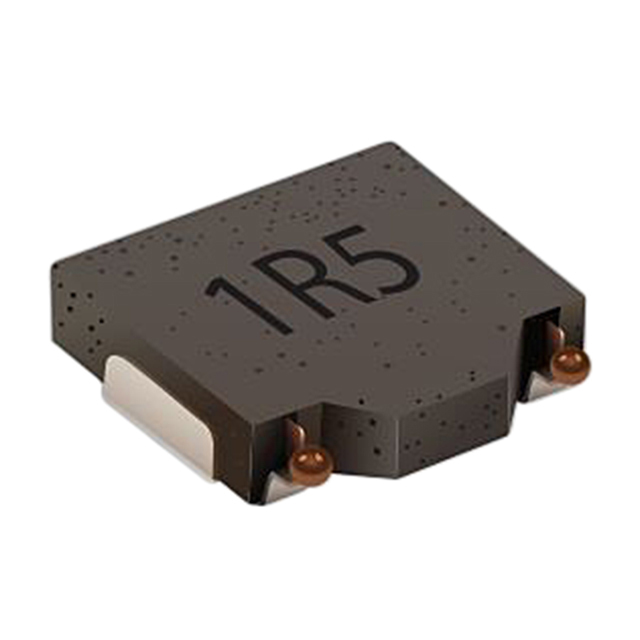


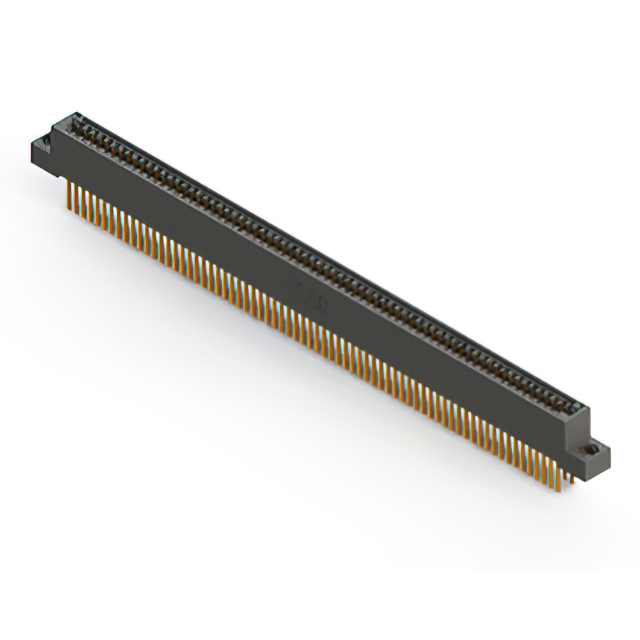
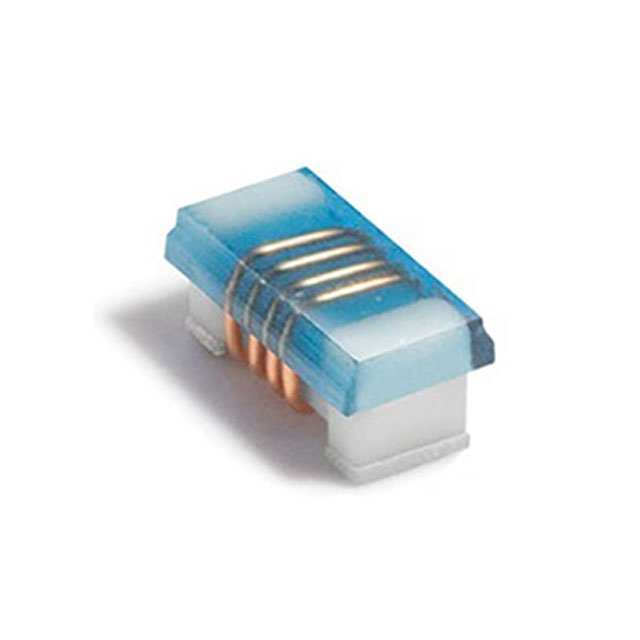
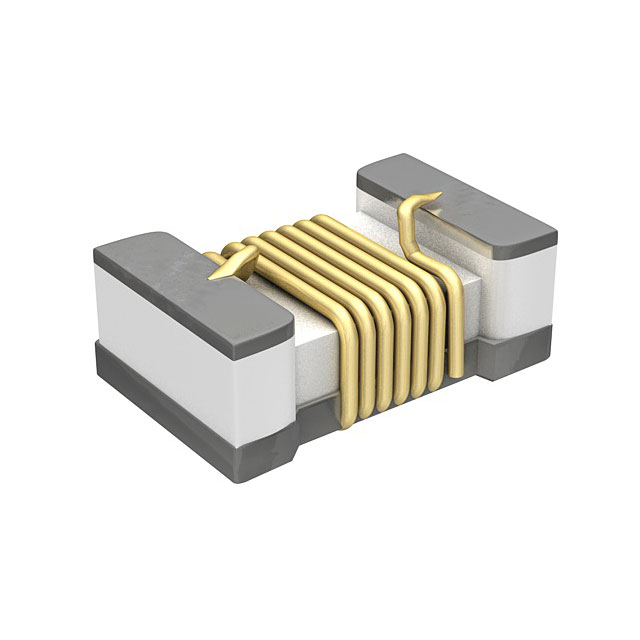

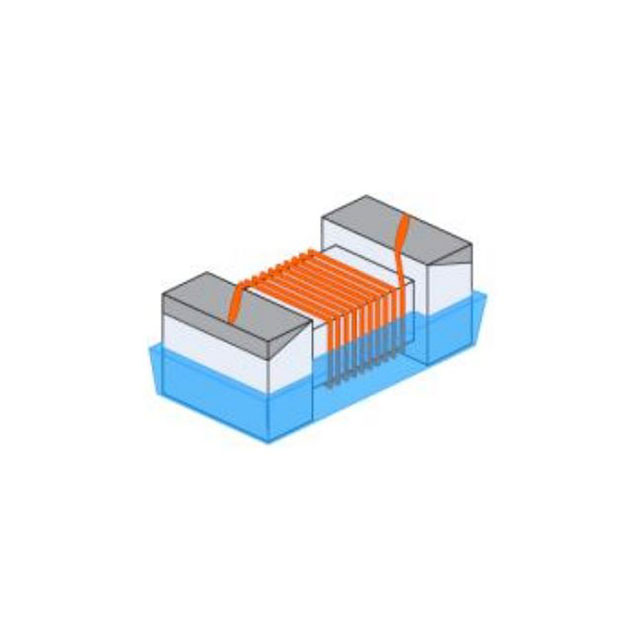






.png?x-oss-process=image/format,webp/resize,h_32)










